Foundation Project: A Social Scientific Review of 'A Study in Scarlet'
VerifiedAdded on 2023/04/23
|6
|418
|422
Report
AI Summary
This document provides a social scientific review of Arthur Conan Doyle's 'A Study in Scarlet', focusing on the application of sociological concepts and criminology to the novel. The review analyzes the character of Jefferson Hope, exploring his motivations and actions within the context of the sto...
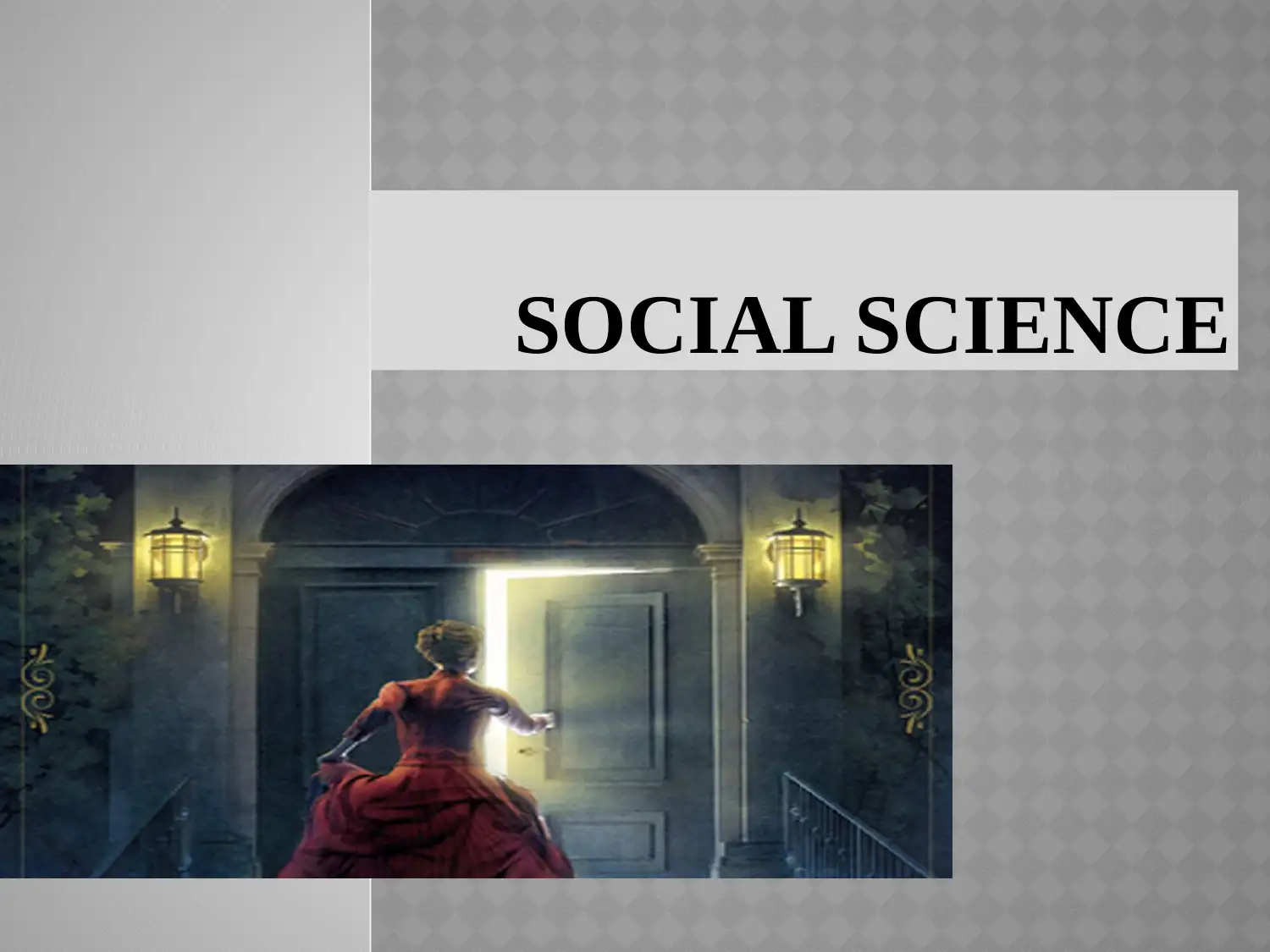
SOCIAL SCIENCE
Paraphrase This Document
Need a fresh take? Get an instant paraphrase of this document with our AI Paraphraser
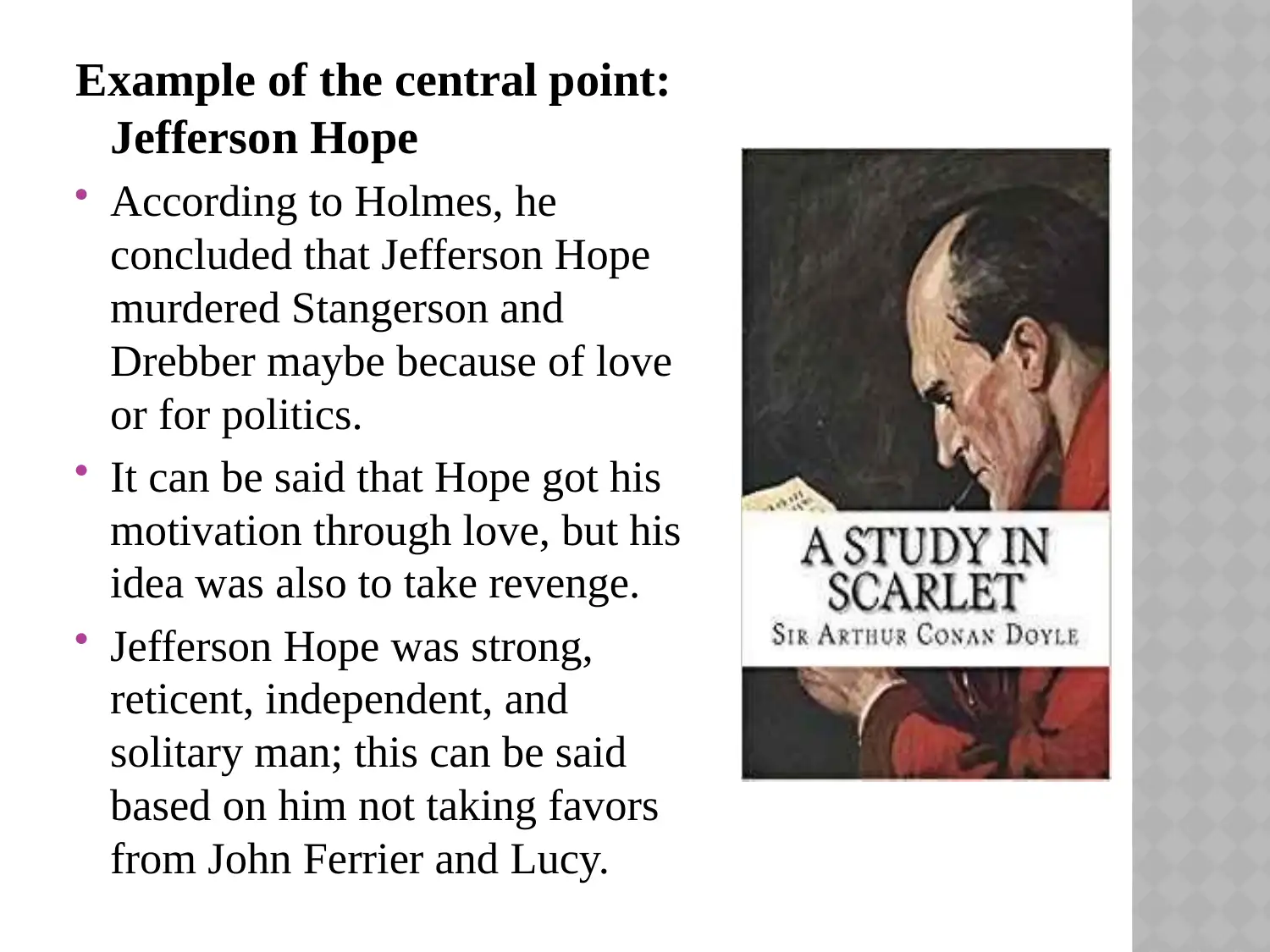
Example of the central point:
Jefferson Hope
According to Holmes, he
concluded that Jefferson Hope
murdered Stangerson and
Drebber maybe because of love
or for politics.
It can be said that Hope got his
motivation through love, but his
idea was also to take revenge.
Jefferson Hope was strong,
reticent, independent, and
solitary man; this can be said
based on him not taking favors
from John Ferrier and Lucy.
Jefferson Hope
According to Holmes, he
concluded that Jefferson Hope
murdered Stangerson and
Drebber maybe because of love
or for politics.
It can be said that Hope got his
motivation through love, but his
idea was also to take revenge.
Jefferson Hope was strong,
reticent, independent, and
solitary man; this can be said
based on him not taking favors
from John Ferrier and Lucy.
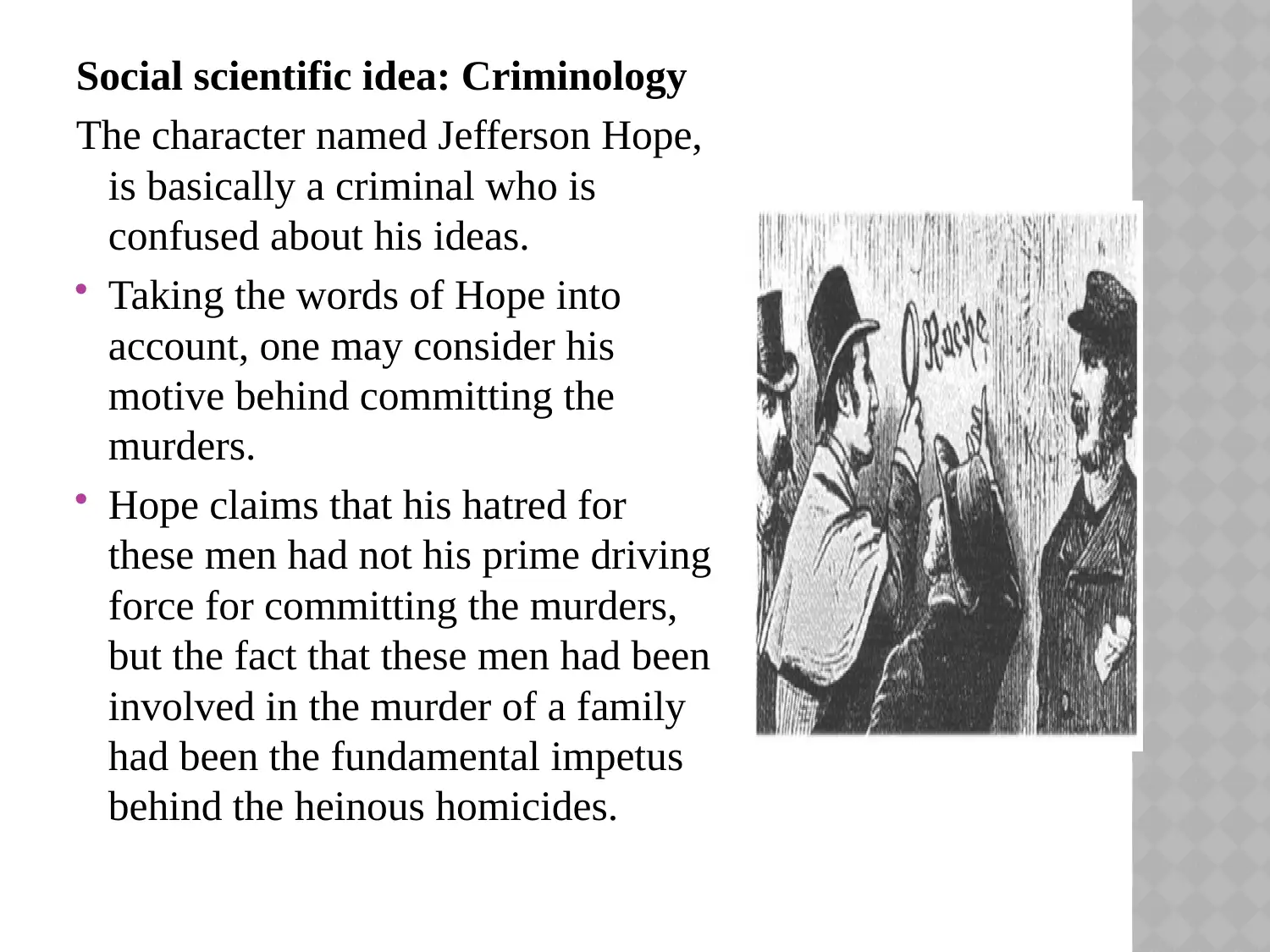
Social scientific idea: Criminology
The character named Jefferson Hope,
is basically a criminal who is
confused about his ideas.
Taking the words of Hope into
account, one may consider his
motive behind committing the
murders.
Hope claims that his hatred for
these men had not his prime driving
force for committing the murders,
but the fact that these men had been
involved in the murder of a family
had been the fundamental impetus
behind the heinous homicides.
The character named Jefferson Hope,
is basically a criminal who is
confused about his ideas.
Taking the words of Hope into
account, one may consider his
motive behind committing the
murders.
Hope claims that his hatred for
these men had not his prime driving
force for committing the murders,
but the fact that these men had been
involved in the murder of a family
had been the fundamental impetus
behind the heinous homicides.
⊘ This is a preview!⊘
Do you want full access?
Subscribe today to unlock all pages.

Trusted by 1+ million students worldwide
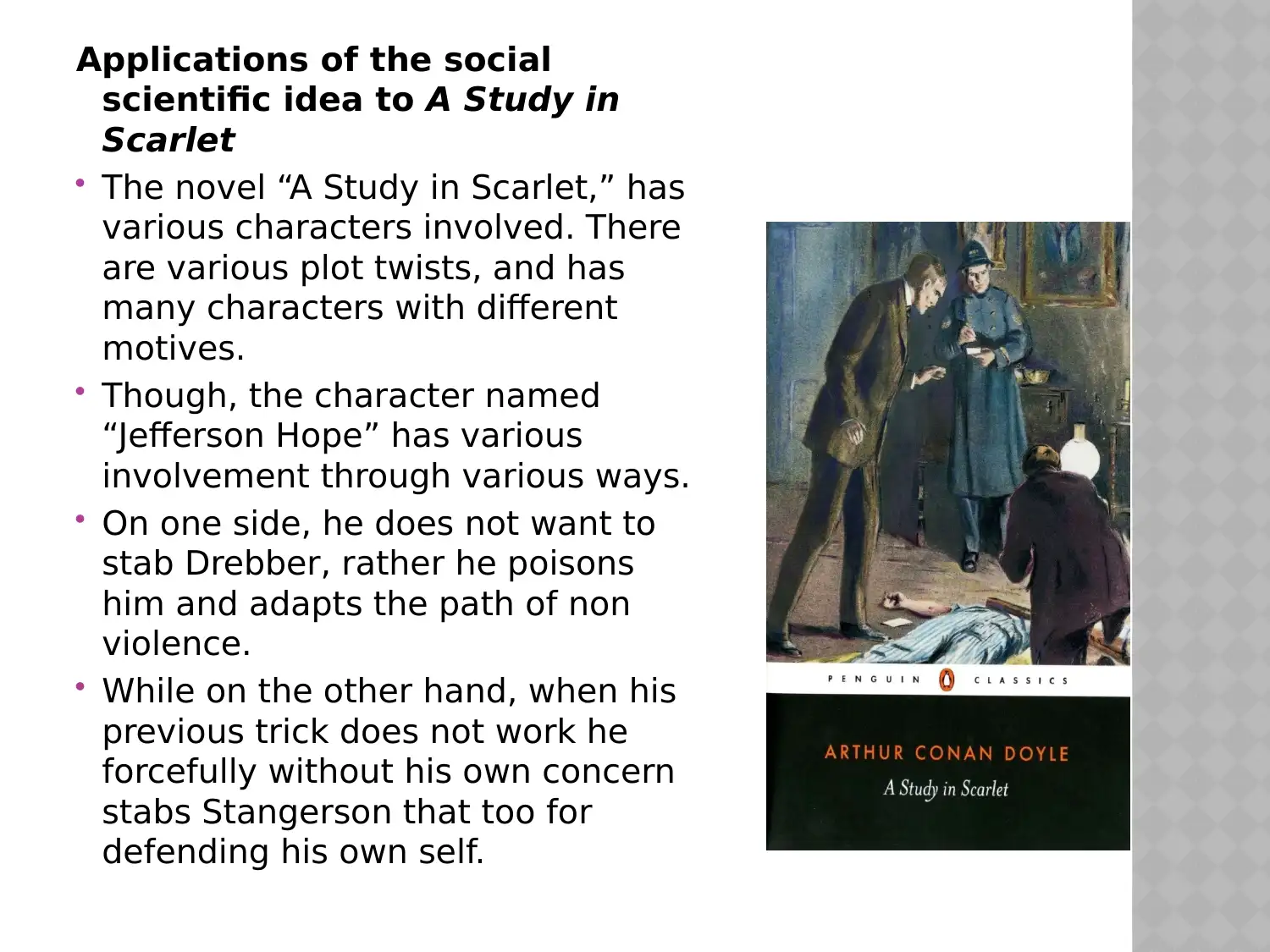
Applications of the social
scientific idea to A Study in
Scarlet
The novel “A Study in Scarlet,” has
various characters involved. There
are various plot twists, and has
many characters with different
motives.
Though, the character named
“Jefferson Hope” has various
involvement through various ways.
On one side, he does not want to
stab Drebber, rather he poisons
him and adapts the path of non
violence.
While on the other hand, when his
previous trick does not work he
forcefully without his own concern
stabs Stangerson that too for
defending his own self.
scientific idea to A Study in
Scarlet
The novel “A Study in Scarlet,” has
various characters involved. There
are various plot twists, and has
many characters with different
motives.
Though, the character named
“Jefferson Hope” has various
involvement through various ways.
On one side, he does not want to
stab Drebber, rather he poisons
him and adapts the path of non
violence.
While on the other hand, when his
previous trick does not work he
forcefully without his own concern
stabs Stangerson that too for
defending his own self.
Paraphrase This Document
Need a fresh take? Get an instant paraphrase of this document with our AI Paraphraser
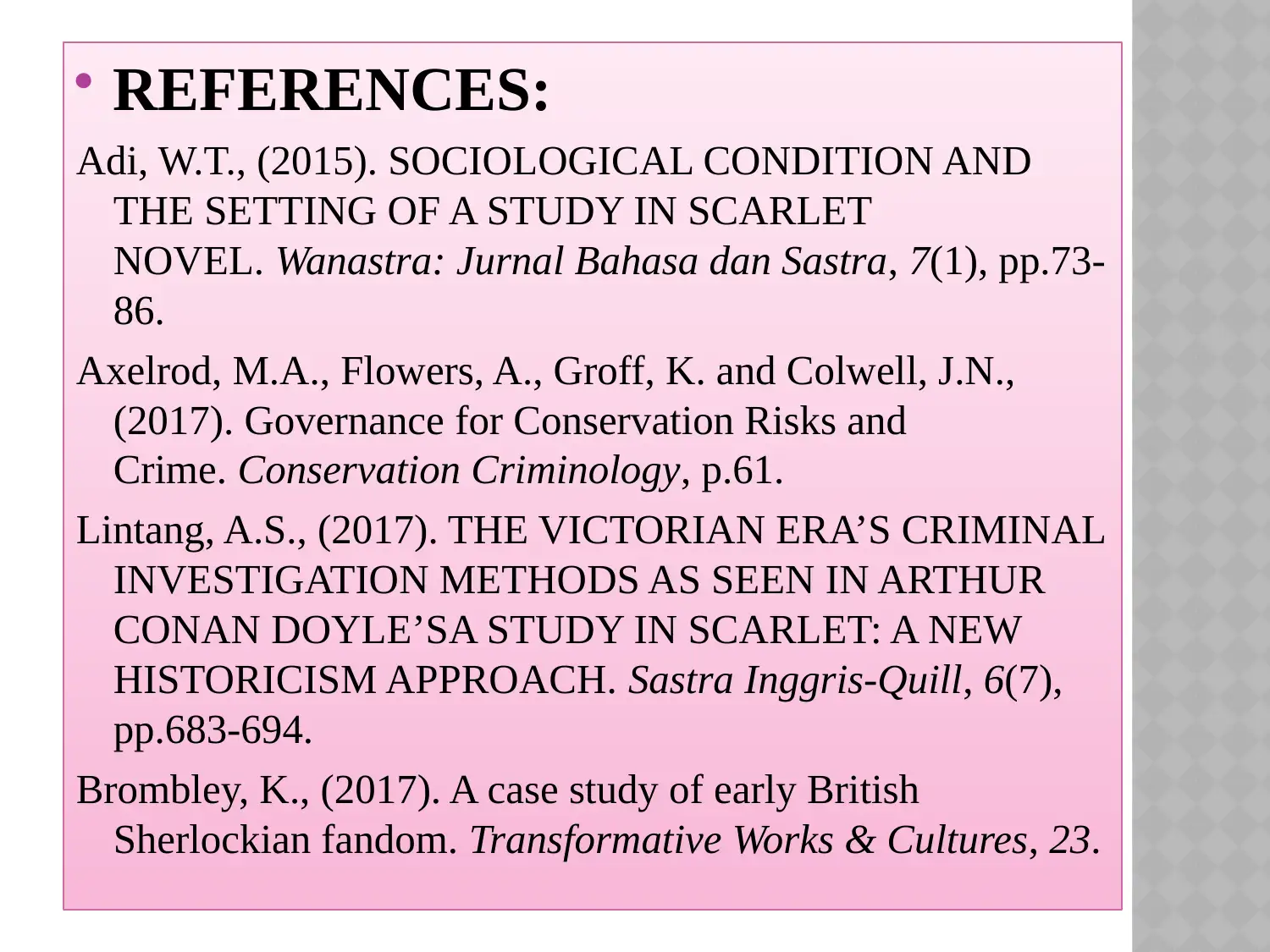
REFERENCES:
Adi, W.T., (2015). SOCIOLOGICAL CONDITION AND
THE SETTING OF A STUDY IN SCARLET
NOVEL. Wanastra: Jurnal Bahasa dan Sastra, 7(1), pp.73-
86.
Axelrod, M.A., Flowers, A., Groff, K. and Colwell, J.N.,
(2017). Governance for Conservation Risks and
Crime. Conservation Criminology, p.61.
Lintang, A.S., (2017). THE VICTORIAN ERA’S CRIMINAL
INVESTIGATION METHODS AS SEEN IN ARTHUR
CONAN DOYLE’SA STUDY IN SCARLET: A NEW
HISTORICISM APPROACH. Sastra Inggris-Quill, 6(7),
pp.683-694.
Brombley, K., (2017). A case study of early British
Sherlockian fandom. Transformative Works & Cultures, 23.
Adi, W.T., (2015). SOCIOLOGICAL CONDITION AND
THE SETTING OF A STUDY IN SCARLET
NOVEL. Wanastra: Jurnal Bahasa dan Sastra, 7(1), pp.73-
86.
Axelrod, M.A., Flowers, A., Groff, K. and Colwell, J.N.,
(2017). Governance for Conservation Risks and
Crime. Conservation Criminology, p.61.
Lintang, A.S., (2017). THE VICTORIAN ERA’S CRIMINAL
INVESTIGATION METHODS AS SEEN IN ARTHUR
CONAN DOYLE’SA STUDY IN SCARLET: A NEW
HISTORICISM APPROACH. Sastra Inggris-Quill, 6(7),
pp.683-694.
Brombley, K., (2017). A case study of early British
Sherlockian fandom. Transformative Works & Cultures, 23.

⊘ This is a preview!⊘
Do you want full access?
Subscribe today to unlock all pages.

Trusted by 1+ million students worldwide
1 out of 6
Your All-in-One AI-Powered Toolkit for Academic Success.
+13062052269
info@desklib.com
Available 24*7 on WhatsApp / Email
![[object Object]](/_next/static/media/star-bottom.7253800d.svg)
Unlock your academic potential
© 2024 | Zucol Services PVT LTD | All rights reserved.
